Get an Understanding of All of the Things You Should Consider When Growing Cannabis in Canada.
Cannabis farming has come a long way in Canada since its legalization for recreational use in 2018. With an increasing number of enthusiasts exploring the possibilities of home cultivation, it’s no wonder that more and more people are eager to learn the intricacies of growing their Cannabis.
In this blog, we’ll walk you through the step-by-step process of setting up your Cannabis farm, equip you with tips and tricks to optimize your yield and demystify the science behind cultivating top-notch buds. So, whether you’re seeking therapeutic relief or simply a passionate green thumb, join us on this journey of Cannabis cultivation and unlock the secrets of this versatile plant.
Why is Growing Cannabis Difficult?
Growing modern cannabis can be a complex and challenging task due to the vast number of different cannabis species that exist. Each species has its own unique set of requirements when it comes to nutrition, water, lighting, temperature, humidity, and other environmental factors. These variations make it difficult for cultivators to create optimal growing conditions for each cannabis strain.
Nutrition Requirements
One of the primary challenges in growing modern cannabis is providing the appropriate nutrition. Different cannabis species have varying nutrient needs, and each strain may require specific ratios of macronutrients such as nitrogen, phosphorus, and potassium, as well as micronutrients like calcium, magnesium, and iron. Ensuring that the plants receive the correct balance of nutrients is crucial for healthy growth and maximizing the yield.

Watering Challenges
Watering cannabis plants can also be a challenge. Some strains have a higher water requirement, while others prefer drier conditions. Overwatering can lead to root rot and other issues, while underwatering can cause nutrient deficiencies and stunted growth. Finding the right balance and monitoring the moisture levels in the soil is essential for cultivating healthy cannabis plants.
Lighting Variability
Lighting is another critical factor in cannabis cultivation. Different strains have varying light requirements, with some needing more intense light and others thriving in lower light conditions. Providing the right type and intensity of light is crucial for photosynthesis, which is essential for plant growth and development. Many cultivators use artificial lighting systems such as high-intensity discharge (HID) lamps or light-emitting diodes (LEDs) to ensure that the plants receive the correct amount of light.
Temperature & Humidity
Temperature and humidity are also critical factors that can impact cannabis growth. Some strains prefer cooler temperatures, while others thrive in warmer environments. Similarly, some strains require higher humidity levels, while others prefer drier conditions. Maintaining the optimal temperature and humidity range in the cultivation area is vital for preventing mold, mildew, and other issues that can harm the plants.
Related Reading
Characteristics of the 3 Cannabis Species
There are three main species of cannabis: Cannabis Sativa, Cannabis Indica, and Cannabis Ruderalis. Each species has distinct genetic traits, cannabinoid profiles, and specific growing conditions.
Cannabis Sativa
Cannabis Sativa is a tall and slender plant with narrow leaves and long internodal spacing. Originating from regions near the equator, it is adapted to warm climates with long growing seasons. Sativa strains are known for their energizing and uplifting effects. They typically have higher THC levels and lower CBD levels. This makes them more suitable for recreational use rather than medicinal purposes. Sativas require a longer flowering period, usually around 10-14 weeks, making them better suited for outdoor cultivation or large indoor grow spaces.
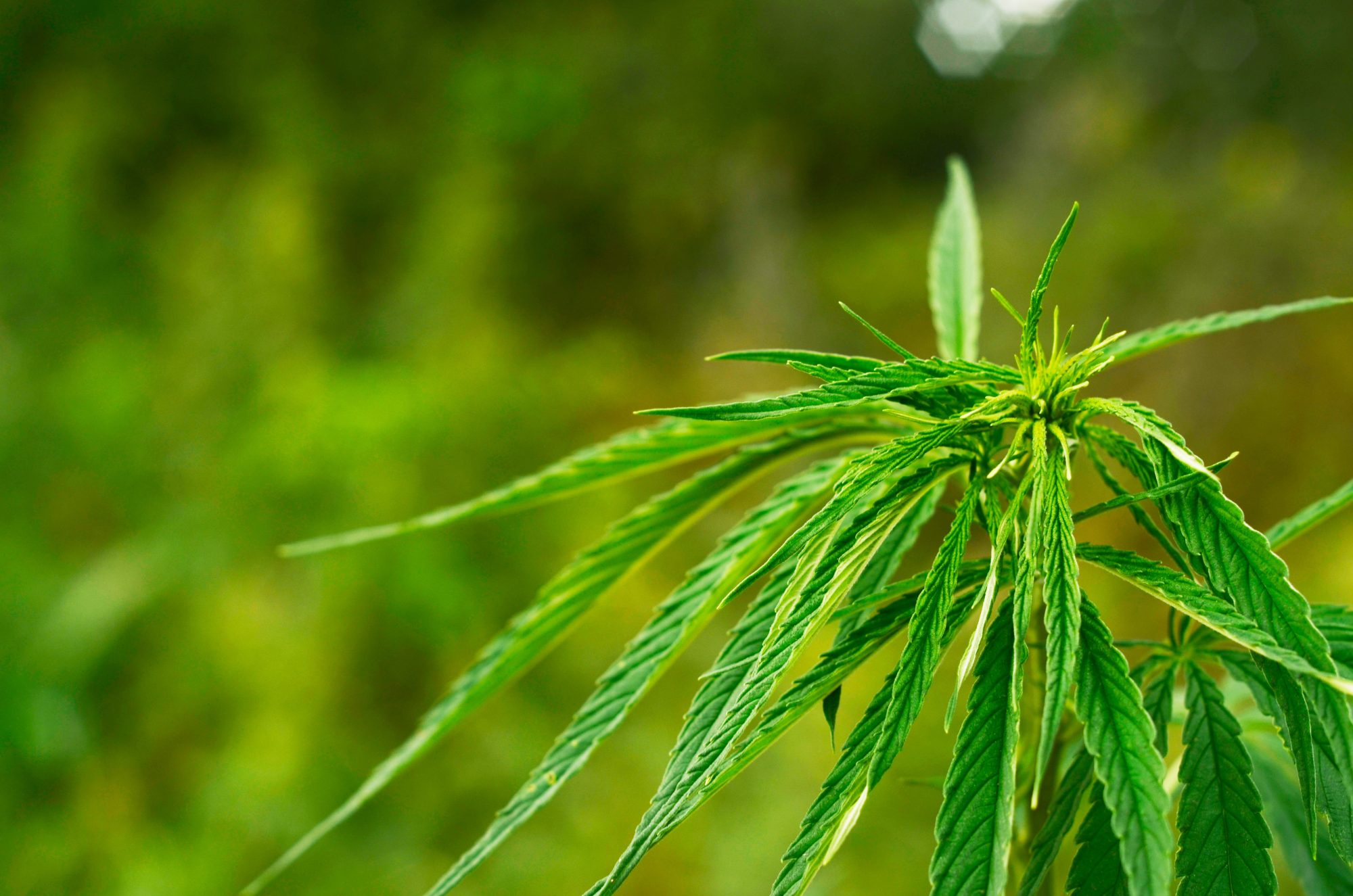
Cannabis Indica
Cannabis Indica, on the other hand, is a shorter and bushier plant with broad leaves and compact internodal spacing. It evolved in the mountainous regions of Central Asia, where harsh weather conditions prevail. Indica strains are known for their relaxing and sedating effects. They generally have higher CBD levels and lower THC levels compared to Sativa strains. This makes Indicas more popular for medicinal use, especially for their potential therapeutic benefits. Indicas have a shorter flowering period, typically around 8-10 weeks, making them suitable for indoor cultivation or smaller outdoor gardens.
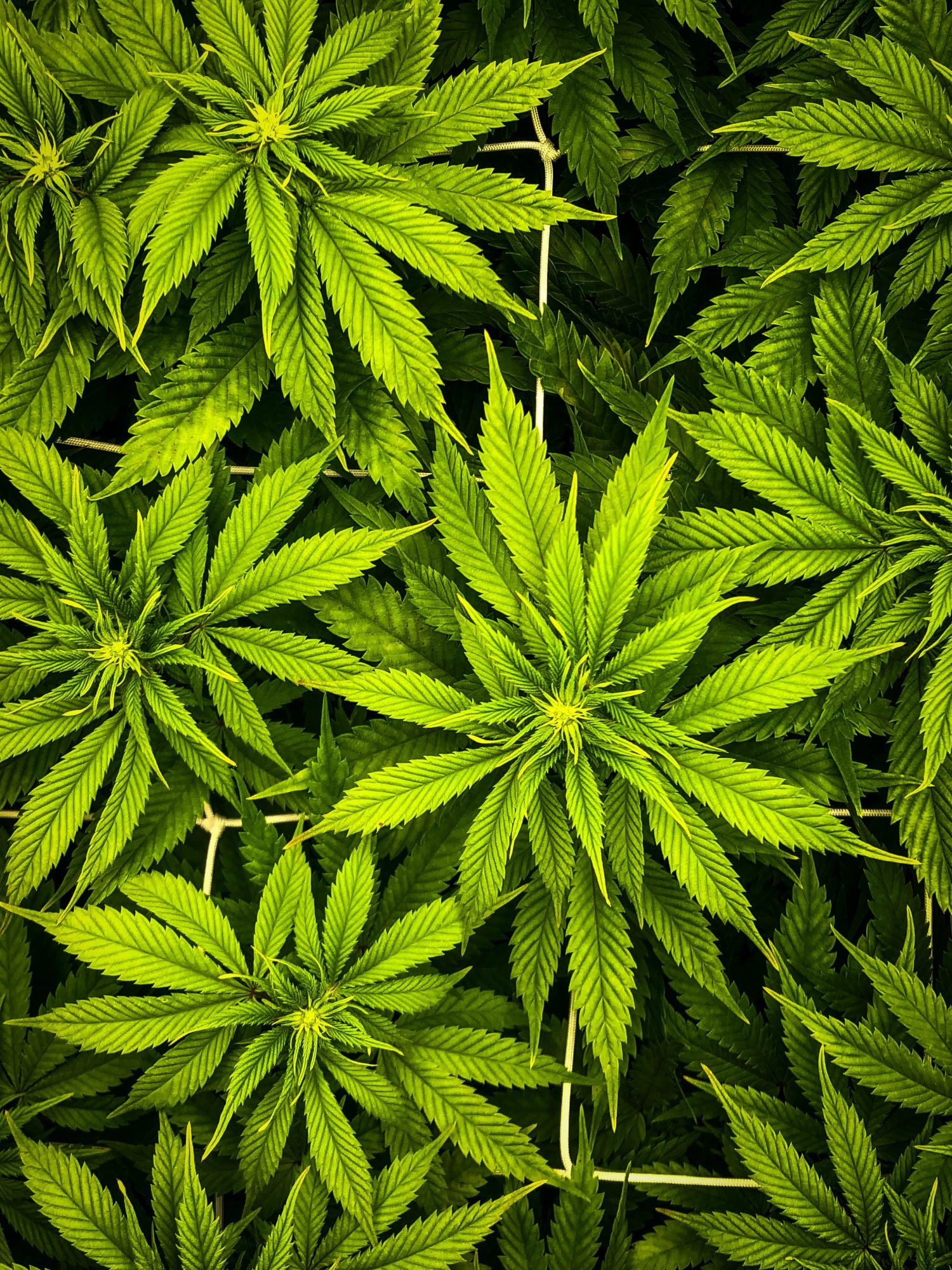
Cannabis Ruderalis
Lastly, there is Cannabis Ruderalis, which is a lesser-known species. Ruderalis is a small and hardy plant with auto-flowering characteristics. It originated in the northern regions of Central Asia, where it adapted to short growing seasons and harsh climates. Ruderalis strains have lower THC and CBD levels compared to Sativa and Indica strains. However, they are valued for their auto-flowering trait, meaning they transition from vegetative growth to flowering based on age, rather than light cycles. This makes Ruderalis ideal for growers looking for a quick and hassle-free harvest.
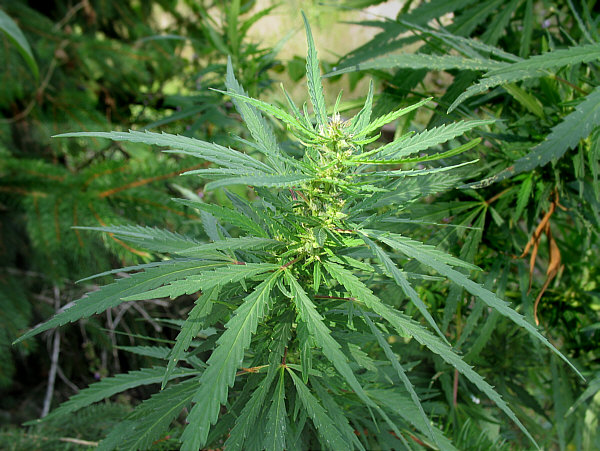
What are the 6 Stages of Cannabis Plant Growth
Cannabis cultivation is a multi-stage process that requires careful attention to each phase of the plant’s growth cycle. Understanding the six stages of cannabis plant growth is essential for achieving optimal yields and high-quality harvests. Let’s dive into each stage and explore their durations and relative importance.
Germination Stage
The first stage is germination, where the cannabis seed sprouts and develops a taproot. Germination typically takes around 24 to 72 hours, and its success sets the foundation for the entire cultivation process. During this stage, the seedling absorbs water, oxygen, and light energy to kickstart its growth.
Seedling Stage
Next comes the seedling stage, which lasts for about two to three weeks. During this period, the cannabis plant begins to develop its first set of true leaves. It is crucial to provide the plant with a stable and nurturing environment during this stage, as it is delicate and vulnerable to pests, diseases, and fluctuations in temperature or humidity.
Vegetative Stage
Following the seedling stage is the vegetative stage, which can last from two to eight weeks, depending on the desired plant size. This stage is characterized by rapid growth and the development of branches and foliage. The vegetative stage is crucial for establishing a healthy root system and vigorous growth. Adequate lighting, proper nutrition, and optimal environmental conditions contribute to the plant’s overall health and robustness.
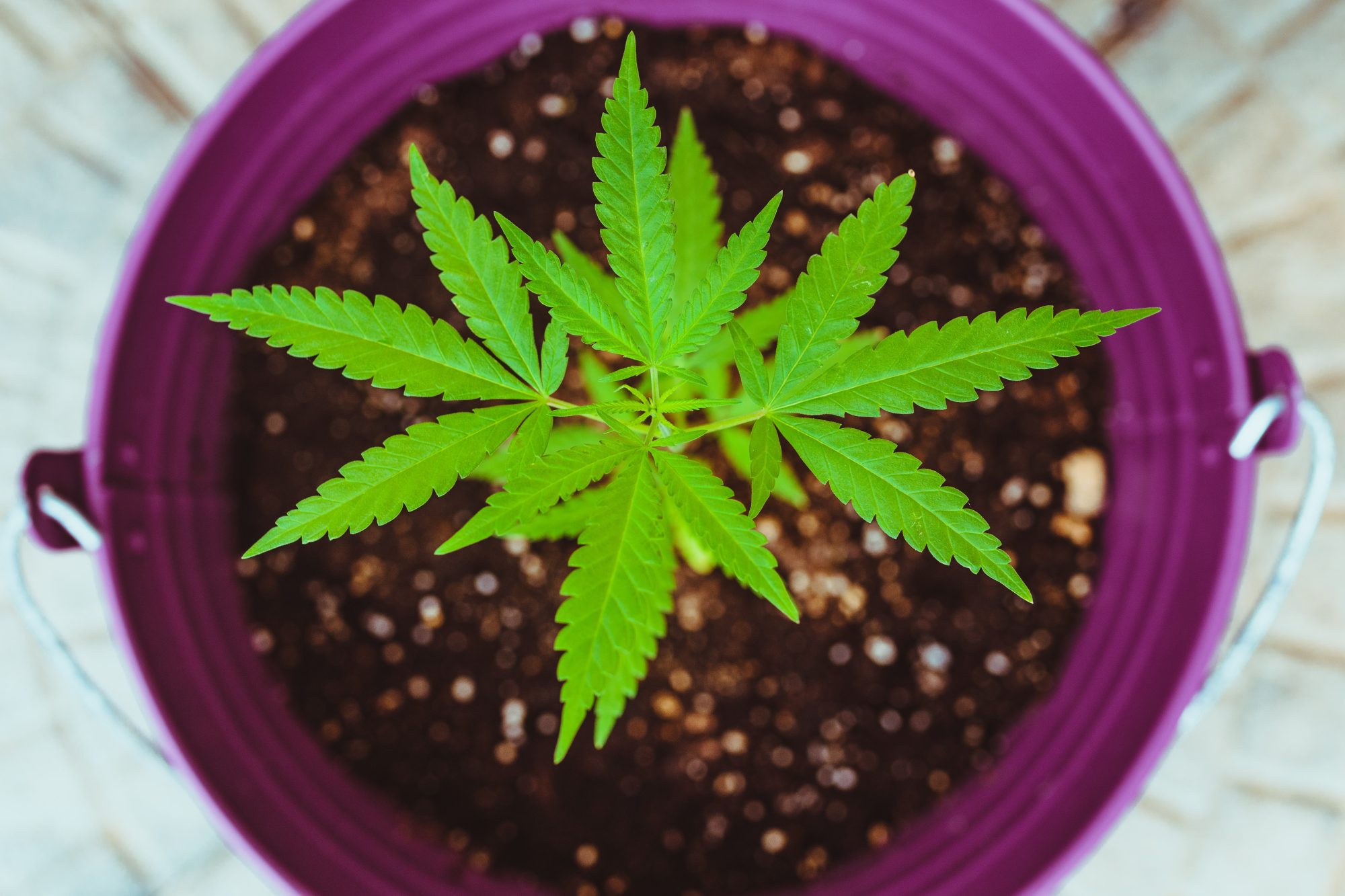
Pre-Flowering Stage
The pre-flowering stage marks the transition from vegetative growth to reproductive growth. It typically occurs when the plant reaches sexual maturity, which is around four to five weeks after the vegetative stage. During this stage, the plant starts showing signs of its sex, allowing growers to identify and separate male from female plants. Female plants are desired as they produce the resinous flowers or buds that contain cannabinoids.
Flowering Stage
Once the pre-flowering stage is complete, the cannabis plant enters the flowering stage. This phase can last anywhere from six to fourteen weeks, depending on the strain and desired maturity. The flowering stage is when the plant devotes its energy to producing flowers and trichomes, which contain the coveted cannabinoids, such as THC and CBD. Proper lighting, nutrient balance, and environmental control play a significant role in maximizing bud development, potency, and yield.
Flowering Stage
Finally, we reach the harvesting stage. Harvesting occurs when the buds have reached their peak potency and desired level of maturity. The duration of the flowering stage often determines the timing of the harvest. Harvesting too early can result in immature buds with lower potency, while harvesting too late can lead to degraded cannabinoids and compromised flavors. Proper curing and drying techniques are also essential to preserve the quality and potency of the harvested buds.
Pro-Tip for Cannabis Producers
Cannabis producers can greatly benefit from utilizing seed-to-sale cannabis software in combination with cannabis cultivation sensors to proactively monitor and care for their cannabis plants. This powerful combination allows producers to have complete control over every stage of the cultivation process, ensuring a high-quality harvest.
By proactively monitoring and caring for cannabis plants, producers can prevent potential issues such as nutrient deficiencies, pest infestations, mold, and other diseases. Catching these problems early on allows for quicker intervention and more effective treatment, ultimately leading to a higher-quality harvest.

Did you know? GrowerIQ has an industry-leading Seed-to-Sale Cannabis Software (with quality management built in) that is designed to uncomplicate cannabis production for cannabis producers throughout the world.
Major Components of a Successful Grow Environment
Cannabis producers in Canada must carefully consider various factors when it comes to growing their plants. These factors include the choice of grow mediums, grow lights, water, air, temperature, and nutrients. Each of these parameters plays a crucial role in determining the quality of cannabis crops. Let’s dive in a bit deeper into each of these.
Grow Mediums
Let’s start with grow mediums. There are several options available, including soil, coco coir, and hydroponics. Soil is the most traditional medium, offering a natural and rich environment for cannabis plants. Coco coir, on the other hand, provides excellent drainage and aeration, allowing for faster growth and increased nutrient absorption. Hydroponics, which involves growing plants in a nutrient-rich water solution, offers precise control over nutrient uptake and faster growth rates. The choice of grow medium ultimately depends on the desired growth characteristics and the grower’s expertise.
Grow Lighting
Next, we have grow lights. Cannabis plants require sufficient light for photosynthesis and healthy growth. Traditional options include high-intensity discharge (HID) lights, such as metal halide (MH) and high-pressure sodium (HPS) lamps. However, LED lights are becoming increasingly popular due to their energy efficiency, customizable spectrum, and reduced heat output. The choice of grow lights impacts not only the yield but also the quality of cannabis crops, as different light spectrums can influence cannabinoid and terpene production.
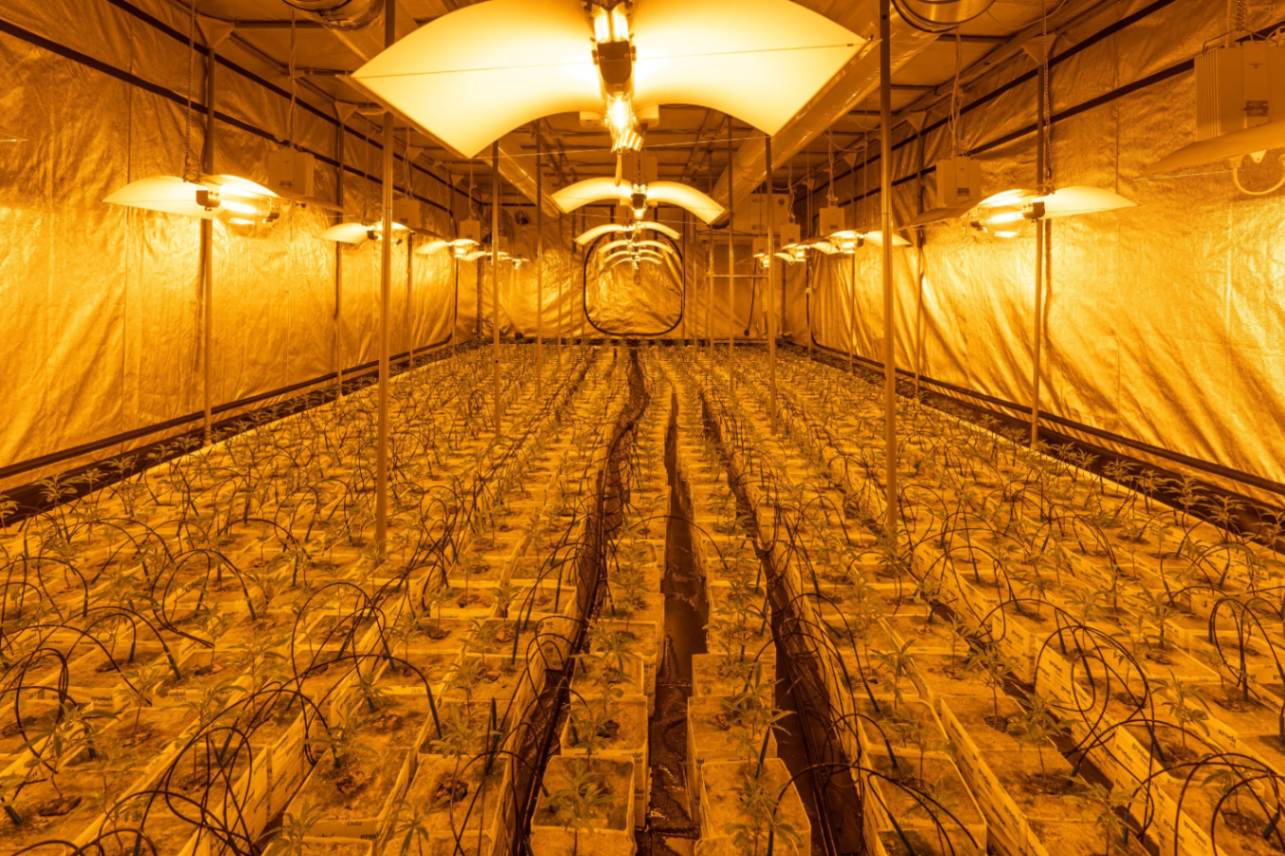
Watering
Water quality and irrigation are also crucial factors. Cannabis plants need clean, pH-balanced water to thrive. Poor water quality can lead to nutrient deficiencies, root diseases, and stunted growth. Additionally, the irrigation system must provide adequate moisture to the plants without causing waterlogging or drought stress. Proper water management ensures optimal nutrient absorption and overall plant health.
Air & Temperature Control
Air circulation and temperature control are essential for preventing mold, pests, and diseases. Adequate air movement helps strengthen the plant’s stem and root structure and promotes transpiration, which aids nutrient uptake. Additionally, maintaining the right temperature range (around 25-28°C during the day and 18-21°C at night) ensures optimal photosynthesis and metabolic processes. A controlled environment also helps reduce stress on the plants, resulting in healthier and more potent cannabis crops.
Nutrition Management
The choice and availability of nutrients significantly impact the quality of cannabis crops. Cannabis plants require a balanced combination of macronutrients (such as nitrogen, phosphorus, and potassium) and micronutrients (such as iron, zinc, and manganese) for healthy growth. Nutrient deficiencies or excesses can lead to stunted growth, discoloration, and reduced yields. Organic or synthetic fertilizers can be used, depending on the grower’s preference and the desired cultivation method.
Related Reading
- List Of Licensed Producers In Canada
- Cannabis Manufacturing
- Cannabis Licensing Application Guide
- Cannabis Courses
Thinking About Where to Set Up Your Grow Environment
Indoor, outdoor, and greenhouse growing environments each have their own unique characteristics that can impact the cultivation of cannabis. Let’s dive into each of these environments and discuss which one is best suited for cannabis farming in Canada.
Indoor Growing
Indoor growing is the process of cultivating cannabis plants within an enclosed space, such as a warehouse or a dedicated grow room. This environment allows growers to have complete control over all aspects of the plant’s growth, including temperature, humidity, and lighting. Indoor growing also provides protection from pests, diseases, and extreme weather conditions.
Outdoor Growing
Outdoor growing, on the other hand, involves cultivating cannabis plants in the natural elements, relying on the sun for light and the soil for nutrients. This method is often considered more cost-effective as it eliminates the need for artificial lighting and climate control systems. However, outdoor cultivation is highly dependent on seasonal changes and weather patterns, making it less predictable and more susceptible to pests and diseases.
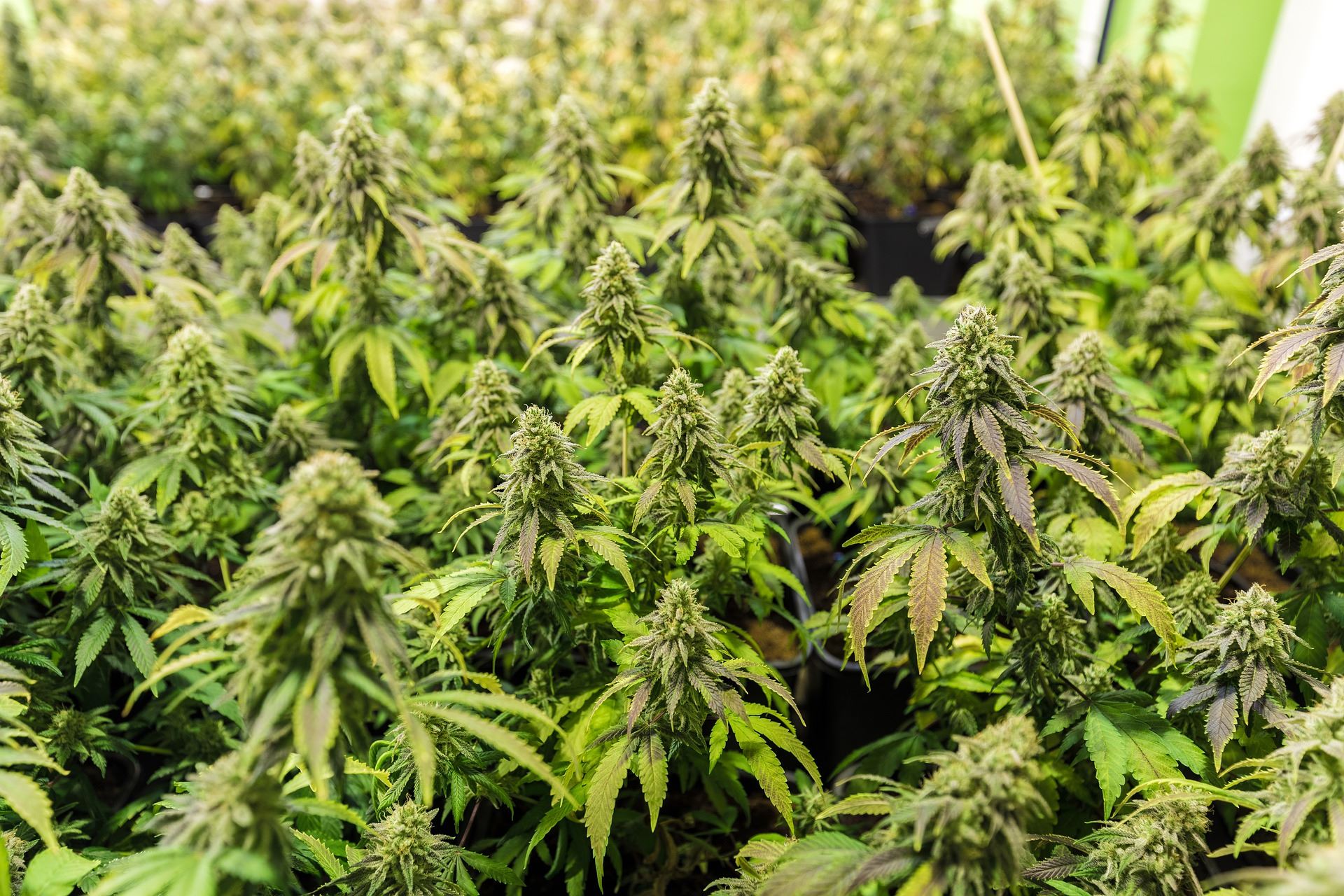
Greenhouse Growing
Greenhouse growing combines the best of both worlds. It involves using a structure made of glass or plastic to create a controlled environment that allows sunlight to penetrate while providing protection from the elements. This method provides growers with more control over the growing conditions compared to outdoor cultivation. Greenhouses also extend the growing season by providing insulation and temperature regulation. Additionally, greenhouse cultivation can offer better pest control compared to outdoor growing.
Preferred Method for Growing Cannabis in Canada
When it comes to Canada, where the climate can be harsh and unpredictable, indoor growing, or greenhouse growing seems to be the most suitable option for cannabis farming. It allows growers to optimize the growing conditions, ensuring consistent yields and high-quality plants.
Considering the Legalities
In Canada, cannabis growers who wish to cultivate more than four plants are required to obtain a license. There are three types of licenses that cannabis cultivators can apply for micro-cultivation, nursery, and standard licenses. Each license has its own set of requirements and regulations that must be met.
Micro Cultivation License
Firstly, let’s take a look at the micro-cultivation license. This license is suitable for individuals or businesses that want to cultivate cannabis on a smaller scale. With a micro-cultivation license, growers are allowed to cultivate cannabis in an area of up to 200 square meters. They can also sell their cannabis to other licensed producers, processors, and retailers. This license is ideal for those who are looking to start a small-scale cannabis operation.
Nursery Grow License
Next, we have the nursery license. This license is specifically for individuals or businesses that want to focus on the cultivation and sale of cannabis plants or seeds. With a nursery license, growers can propagate cannabis plants and sell them to other licensed producers or individuals with a valid authorization to possess cannabis plants. This license is perfect for those who have a passion for breeding and propagating cannabis genetics.
Standard Grow License
Lastly, we have the standard license. This license is suitable for larger-scale cannabis cultivation operations. With a standard license, growers are allowed to cultivate cannabis in an area larger than 200 square meters. They can also sell their cannabis to other licensed producers, processors, and retailers. This license is ideal for those who are looking to establish a commercial cannabis cultivation facility.
Strict Regulations in Canada
Regardless of the type of license, all cannabis cultivators in Canada must adhere to strict regulations set by Health Canada. These regulations cover areas such as security measures, record-keeping, quality control, and packaging and labelling requirements. Cultivators must also ensure that their cannabis products meet the quality standards set by Health Canada.
Related Reading
- Growing Cannabis Indoor
- Wholesale Cannabis
- Cannabis Packaging
- Cannabis Packaging Canada
- Micro Cultivation Building Requirements
- Cannabis Podcast
How Seed-to-Sale Cannabis Software Can Help Cannabis Growers
GrowerIQ’s compliance module is an essential tool for cannabis producers in Canada who are navigating the complex and ever-changing regulations of the Canadian Cannabis Tracking System (CTS). This module provides a comprehensive solution for licensing, compliance, and mandatory monthly reporting, ensuring that cannabis producers stay in line with all regulatory requirements.
The compliance module streamlines the licensing process by automating the documentation and application processes, making it easier for producers to obtain their licenses from Health Canada. It ensures that all necessary documentation is completed accurately and submitted in a timely manner, reducing the risk of delays or rejections. This saves producers valuable time and energy that can be redirected towards other aspects of their operation.
On-going compliance with the Cannabis Tracking System (CTS)
Once licensed, the compliance module helps producers maintain ongoing compliance with the CTS. It automates the tracking and reporting of cultivation, production, and sales activities, ensuring that all necessary data is recorded and reported accurately. This helps producers avoid compliance violations and penalties, as well as ensures the integrity of the supply chain.
The time saved through compliance automation can be significant for cannabis producers. With manual compliance processes, producers would spend countless hours on paperwork and data entry, leaving less time for other critical tasks such as cultivation, quality control, and market research. By automating compliance, GrowerIQ’s module frees up time and resources, allowing producers to focus on growing and scaling their business. This can ultimately lead to increased productivity, efficiency, and profitability for cannabis producers in Canada.
Discover how GrowerIQ’s seed-to-sale software can help you set up all of the components of a successful cannabis production operation without any hassle. Questions we haven’t covered? Please reach out and let us know. GrowerIQ serves clients coast to coast, and we’re ready to help your team today.
Streamline Cannabis CultivationAbout GrowerIQ
GrowerIQ is changing the way producers use software - transforming a regulatory requirement into a robust platform to learn, analyze, and improve performance.
To find out more about GrowerIQ and how we can help, fill out the form to the right, start a chat, or contact us.

